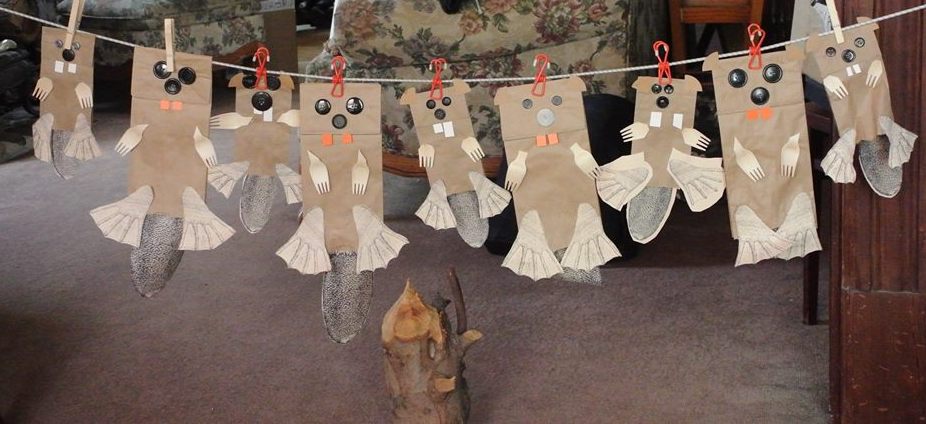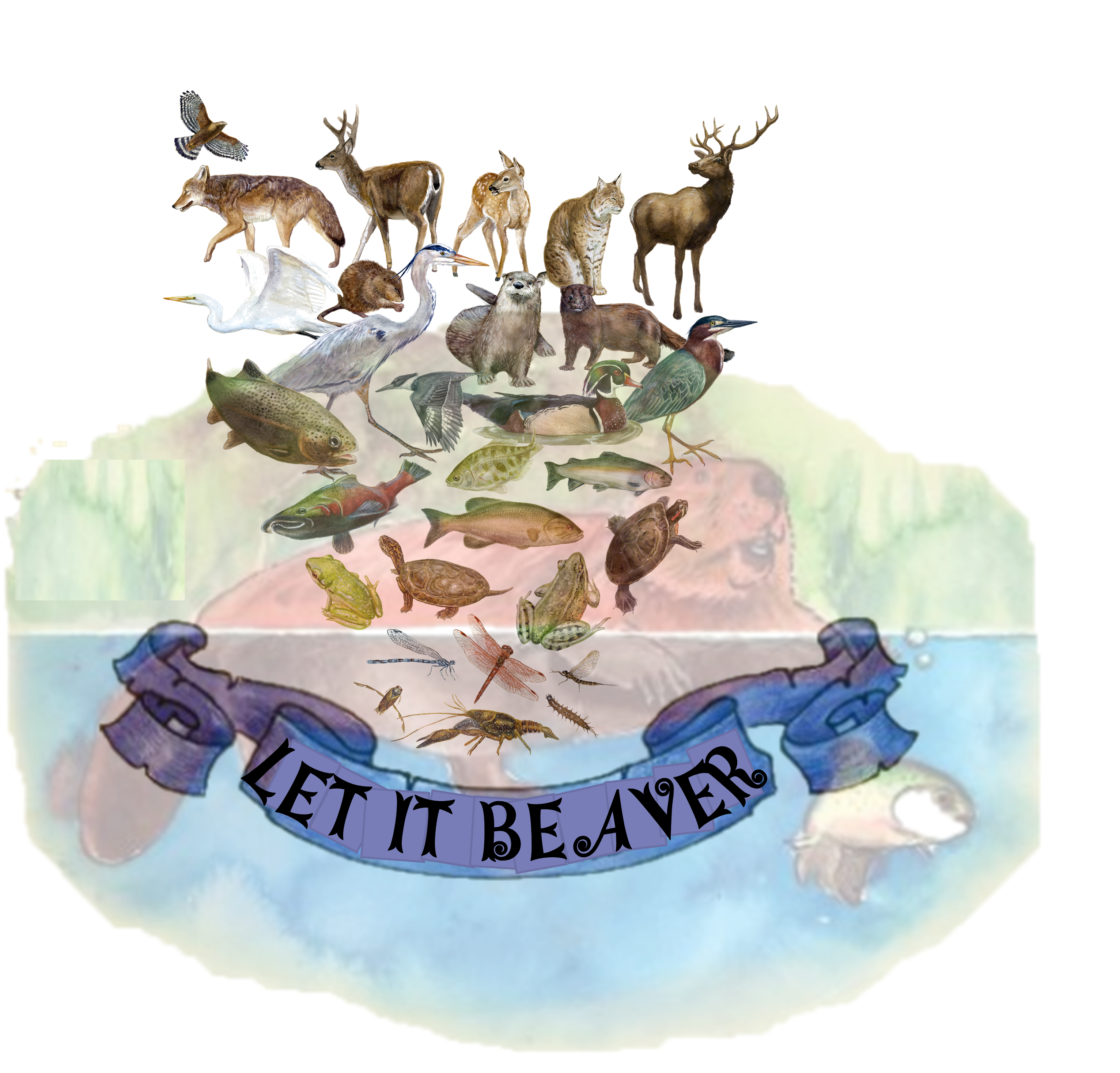One of the places that continues to insist it never had beaver is Ireland. There is apparently no fossil record or historic chewing or paleo dams. But there are some interesting language relics. Gaelic for beaver is béabhar. And there is the intriguing dobhrán los leathan: The otter if the flat tail. Flat tail is still a common scottish word for them. Which is just about the most descriptive name for beaver I can think of.
They might want them anyway.
The dams trap sediment, thereby storing carbon and enhancing downstream habitat for spawning fish, particularly salmon and trout; and they can even help to restore the natural sinuosity to rivers, many of which have been artificially straightened and deepened. The paper concluded that beavers “may have a substantial role to play in the renaturalisation of river systems”.
Féidhlim Harty, director of FH Wetland Systems and someone who has been working on “nature-based solutions” to water management in Ireland for nearly 30 years, agrees and thinks that “absolutely” beavers should be introduced. He has been experimenting with “beaver dam analogues”; basically a human attempt to build a beaver dam with logs and dead brash and found them effective at holding back water, restraining and filtering the flow before it moves on downstream. But the advantages are many.
“They’ve got the advantage of providing fire breaks with the landscape, also they’ve been shown to improve biodiversity, they bring back wetland habitats which are sorely needed… they improve the quality of fish stocks, they improve the hydrodynamics – reducing flooding and reducing droughts – they can help to recharge groundwater,” he adds.
But there is a catch. Beavers are not proven to have ever been in Ireland. Therefore, any release of the rodents into the wild would be an “introduction” as opposed to a “reintroduction”.
Hmmm… being that I can remember when California swore beavers weren’t native and that San Diego still says there is no fossil record, I’m just going to hold my vote for now. Did you know the smallest distance between England and Ireland is only 12 miles?
Would beavers prove to be invasive, in the way that rhododendron or grey squirrels have proven to be? The science suggests this is unlikely, given that, unlike most species which are listed as alien invasive in Ireland, beavers have evolved for millennia in western Europe and alongside the many other species with which they interact. We also seem to be quite relaxed about introducing large numbers of non-native species, such as pheasants or free-roaming sheep, with few or no safeguards for the wider environment. And while it may be possible for people to mimic the work of beavers, given the scale of work that is required across Ireland, wouldn’t beavers do a better job and at lower cost?
At the University of Exeter last April, beaver ecologists and policymakers convened to celebrate the impressive success of beaver reintroductions to date in England and Scotland. In Wales, beavers are being kept under close watch in fenced enclosures at a number of locations, while some breeding in the wild is suspected. There have been some conflicts with local landowners but these are being dealt with. Overall, reintroducing beavers is high return with low impact and low cost. One attendee noted that “beavers are such a different nature story than the one we normally associate with loss and destruction. It is one of renewal and abundance.”
Well, yes it is, That’s no more than the truth.
Meanwhile, biodiversity is plummeting, with some of our most endangered species and habitats associated with river systems, such as the freshwater pearl mussel, Atlantic salmon, and native alluvial (swamp) forests.
The task is immense: as well as facing the prospect of runaway climate change, we have legally binding commitments to protect biodiversity and restore all of our water bodies to “good status” by 2027. Why wouldn’t we use the cheapest and most effective tools at our disposal? The science is there to prove how important beavers could be in restoring rivers; it shouldn’t be ignored.
I couldn’t agree more.










































